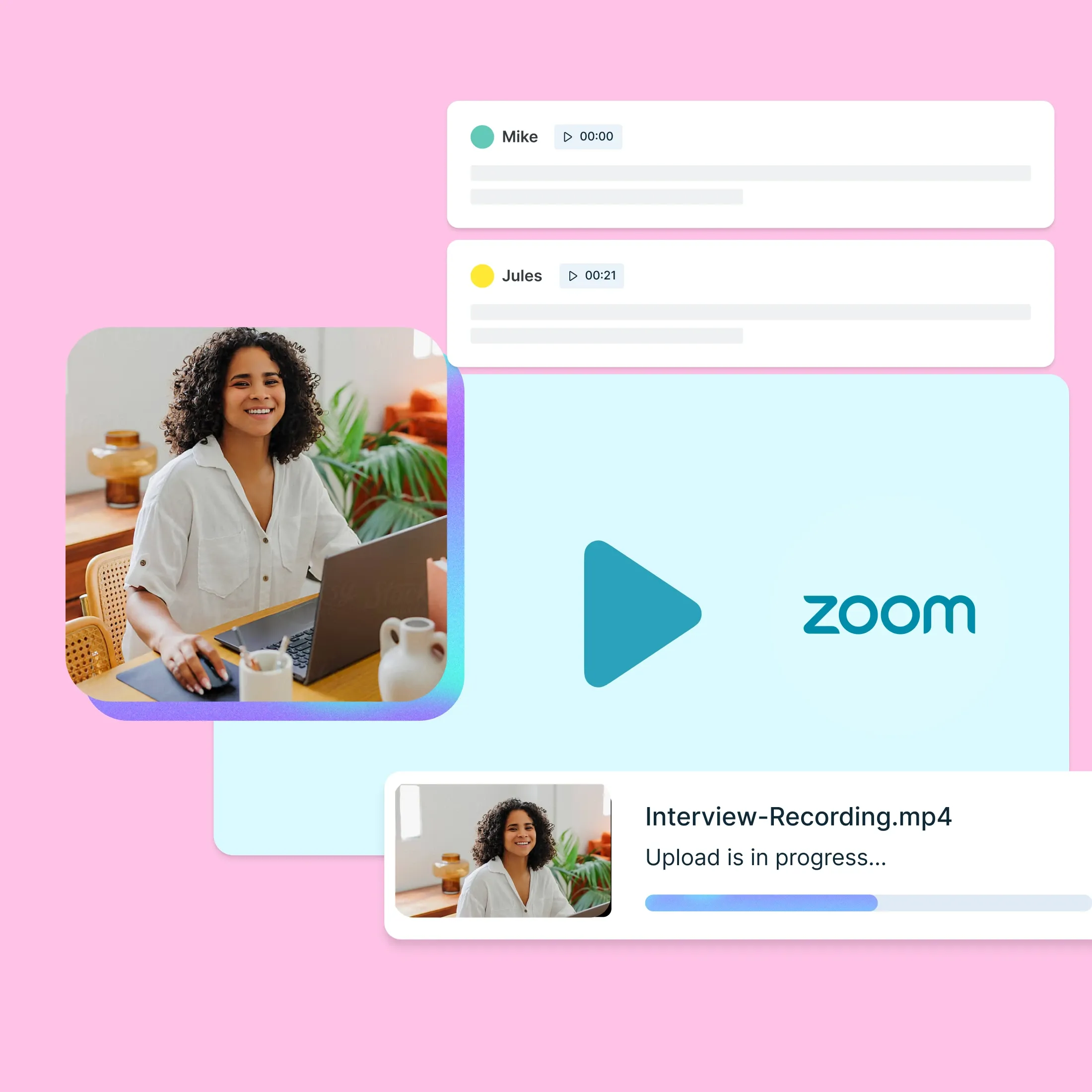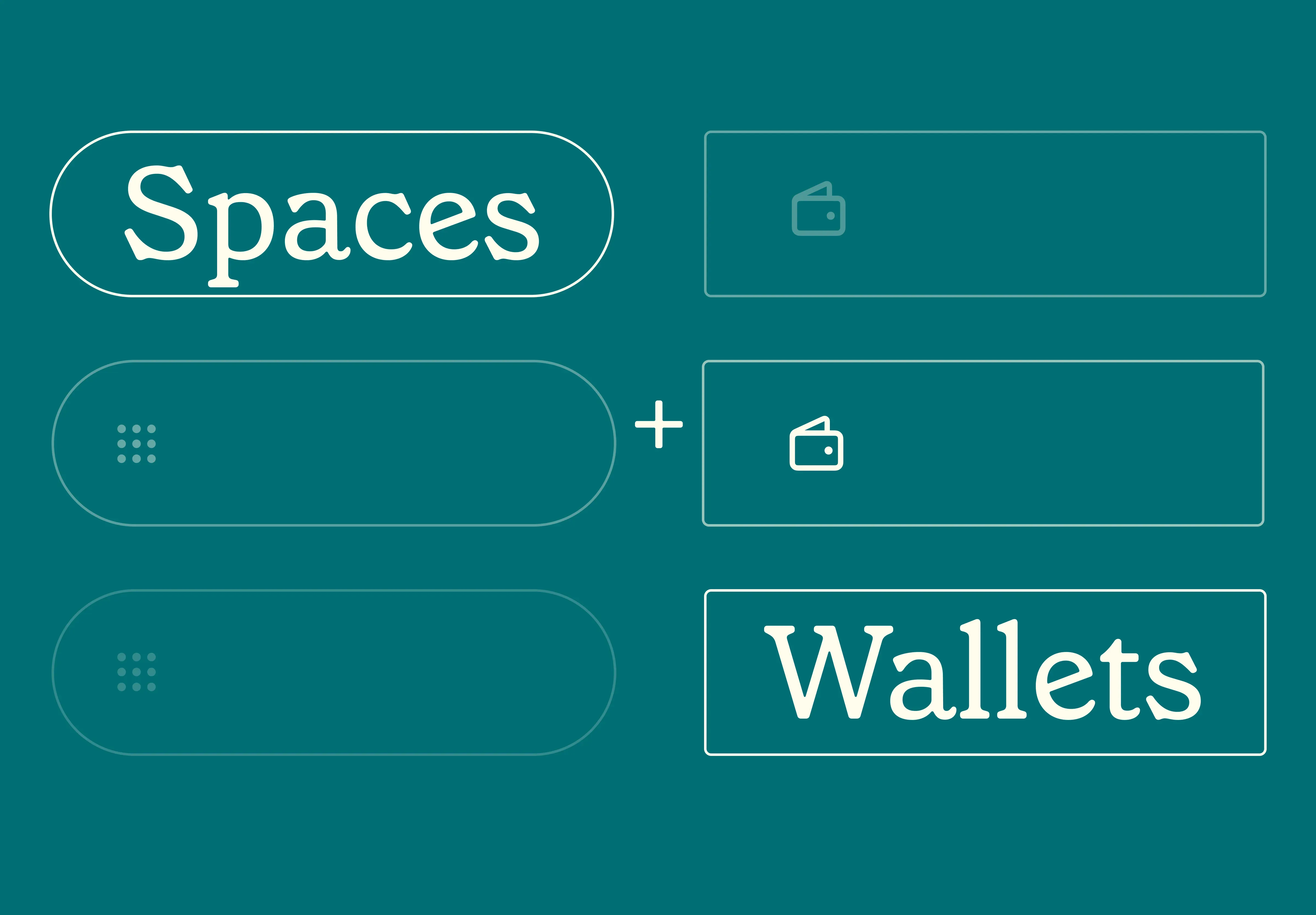14 Nov 2025
|9 min
How small research teams drive innovation: 5 lessons from Ally
Discover 5 key lessons from Ally on building customer-centered products with a small team.

We recently sat down with Taylor Hobgood, Consumer Insights and Innovation Manager at Ally Financial, to learn how her team at TM Studio – Ally’s internal concept and innovation team – drives customer-centered innovation in the competitive digital banking space. What emerged were practical lessons on how small, focused teams can create outsized impact through smart research practices and genuine customer empathy.
With just five people tackling business challenges using human-centered design, the team proves that size doesn’t determine impact. They’ve created features like Ally’s popular savings "buckets" that have significantly improved customer engagement and retention.
Here are five key lessons from Taylor's approach that any innovation or research team can apply. You can also watch our full conversation with Taylor below.
1. Embrace the advantages of staying small
While many teams assume they need more resources to do better work, Taylor's experience shows that small teams have unique advantages that larger ones struggle to replicate.
“The size of the team being really small is just really critical,” Taylor explains. “We chart our own paths and it allows us to just move quickly and pivot. We can start a discussion guide in the morning and then later that day be in interviews. And I think it’s in part the size of the team.”
The approach: TM Studio works on one project at a time, protecting the team from the context switching that many research teams face.
“Having the team all work on one project at a time helps us from, and protects us from, that context switching that typically happens, which ultimately helps us to just move with speed. We can be so much faster and more efficient,” says Taylor.
What you can do: If you can’t control your team size, consider how you might create more focus. Could you batch similar work together? Block out dedicated time for deep work on single projects? Even small changes toward focus can yield big improvements in speed and quality.
2. Get everyone involved in research (the magic of democratization)
One of TM Studio’s most powerful practices is having everyone conduct research, regardless of their traditional role. Under Taylor’s guidance, strategists, facilitators, and UX designers all work directly with customers.
“When you’re talking one-on-one, our designers are interfacing directly with consumers about, maybe, a prototype that they built. There’s just something magical there that wouldn't exist if I was just the researcher conducting all of the interviews and the team was listening in,” Taylor notes.
This direct contact builds empathy in ways that secondhand research summaries simply can’t match. When team members hear customer feedback firsthand, they develop a deeper understanding of user needs and constraints.
What you can do: Start small by having one non-researcher join your next user interview as an observer, then gradually involve them in asking questions. Create simple templates or guidelines to help team members conduct basic research tasks while maintaining quality standards.
3. Know when to go deep vs when to move fast
Perhaps the most crucial skill Taylor emphasizes is knowing which research approach fits which challenge. Not every question needs a months-long research initiative.
“I think part of being a smart and savvy researcher is knowing when the challenge really requires something with rigorous quant, whether that's running conjoints or MaxDiffs or segmentations, or things like that. Or when you really need to take the time to do a ton of really fleshed out interviews, or when it's okay to have bias to action, and let's just put something out there and we’re going to get that validity through volume.”
TM Studio uses quantitative research to understand the breadth of challenges and qualitative research to understand the depth. For quick validation, they're comfortable moving fast and iterating based on feedback.
What you can do: Before starting any research project, ask yourself: “What decision am I trying to make, and what level of confidence do I need?” Sometimes a quick survey with 50 responses is enough to move forward. Other times, you need the rigor of in-depth interviews with carefully screened participants.
4. Cast your research net wide to uncover unexpected opportunities
When approaching new challenges, TM Studio starts broad rather than jumping straight to specific solutions. This approach led to one of their biggest successes: the savings buckets feature.
The business challenge seemed straightforward: attract and retain savings customers. But instead of immediately brainstorming retention tactics, the team stepped back to understand savings behaviors more broadly.
“One of the interesting things was that people were ‘frankensteining’ their savings accounts. They may have one account at one bank that was for their emergency savings, and then they may open another account at another bank that was for their wedding.”
This insight led to a simple but powerful solution: allowing customers to create custom savings “buckets” within a single account – whether for emergencies, weddings, or even Beyoncé concert tickets.
The result? More engaged customers who are less likely to switch banks. “How could they leave their Beyoncé ticket bucket behind?” Taylor asks. "If they were to leave, it’d all be bucketed into one thing. So I think that story is just such a fascinating example of how when you first go broad, you cast your net even wider and you really listen to your consumers and get close to them.”
What you can do: When tackling a business challenge, resist the urge to immediately focus on solutions. Instead, spend time understanding the broader context of user behavior around that challenge. Ask questions like: “How do people currently solve this problem?” and “What workarounds have they created?”
5. Use ethnography to uncover insights you can’t get elsewhere
Taylor's favorite research methodology is ethnography – observing and understanding people in their natural environments. This approach has shaped her perspective on research throughout her career.
She recalls learning about a scholar who spent a year working in a slaughterhouse to understand work-life balance among employees: “How better of a way to empathize with a population that you’re wanting to learn about other than being part of the population for some time.”
During a previous role at SiriusXM, Taylor used ethnographic research to understand how children used audio devices, visiting homes and riding in cars to see real usage patterns. “Just things that you can't get if you even tried in a focus group, a survey. Certainly not.”
What you can do: Look for opportunities to observe users in their natural environment, even if it’s not a formal ethnographic study. This could be as simple as sitting in on customer service calls, shadowing sales conversations, or watching users navigate your product in their actual workspace rather than a sterile testing environment.
The bigger picture: When curiosity drives innovation
Taylor’s journey from academic research to product innovation illustrates a crucial point: the best innovations come from genuine curiosity about human behavior, not just business metrics.
“When I was a little girl, I drove my parents insane asking why,” she recalls. That natural curiosity led her through academic research, brand work at SiriusXM, and eventually to product innovation at Ally.
The key learning? Innovation isn't just about having good ideas – it’s about deeply understanding the problems you’re trying to solve. When teams take time to truly listen to customers and understand their needs, they often discover opportunities they never would have imagined.
As Taylor puts it: “When you truly listen to what consumers need, you just might find yourself delighted by the outcome.”
Bringing these lessons to your team
Whether you’re working solo, on a five-person innovation team, or within a larger organization, these principles can help you drive more impactful research and better customer outcomes:
Focus your efforts by working on fewer projects simultaneously.
Get non-researchers involved in customer conversations to build empathy.
Match your research method to the decision you need to make.
Start broad when exploring new problem spaces.
Look for opportunities to observe real user behavior in context.
The most important takeaway from Taylor's approach isn’t any single technique – it's the mindset of genuine curiosity about customers and the discipline to let that curiosity guide your innovation process.
Ready to strengthen your research practice? Whether you need quick validation or in-depth customer experience research, having the right tools can help you move faster while maintaining quality. Explore how teams like TM Studio use Lyssna to get closer to their customers and make better product decisions.
Put these lessons into practice
Ready to strengthen your research practice? Sign up for Lyssna free and start getting closer to your customers.
You may also like these articles


Try for free today
Join over 320,000+ marketers, designers, researchers, and product leaders who use Lyssna to make data-driven decisions.
No credit card required





